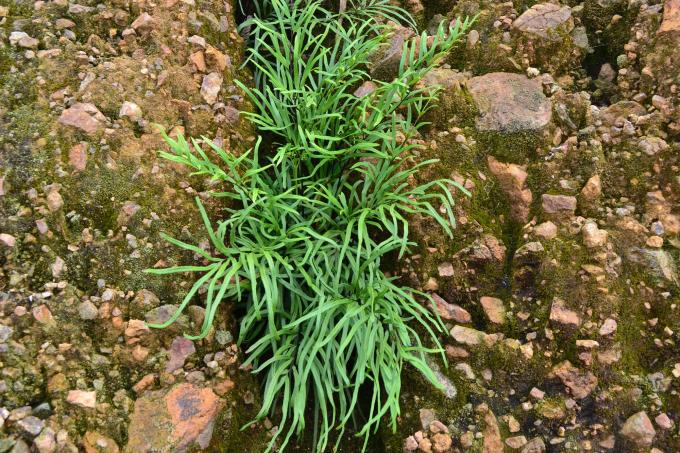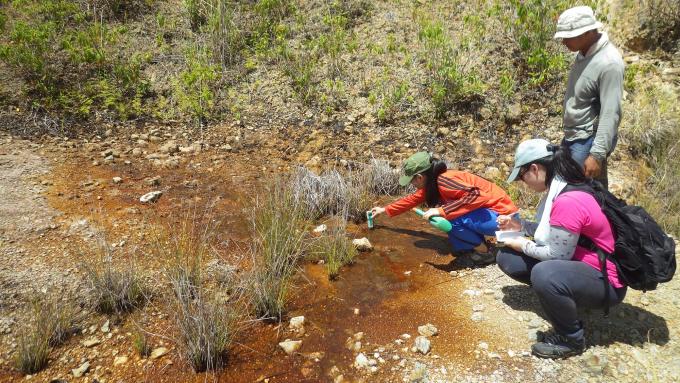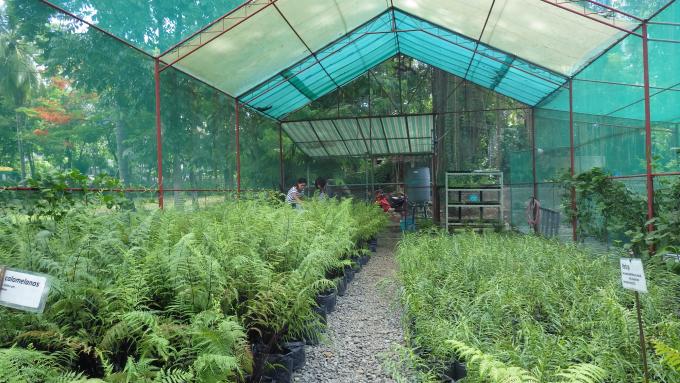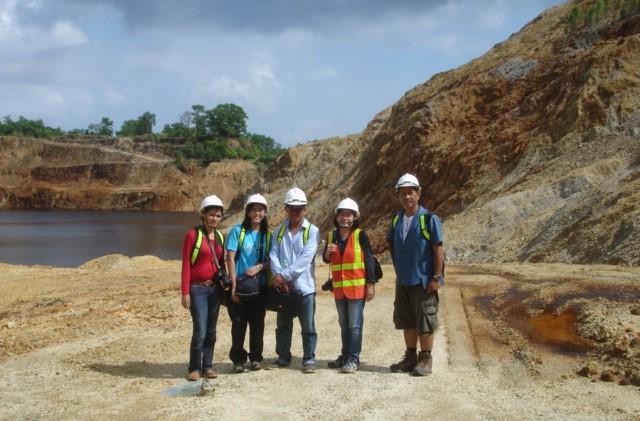
An Ateneo de Manila University-led team of Filipino scientists has made a breakthrough discovery of a fern that may be used to help rehabilitate contaminated mining sites.
The stunning discovery of finding the first type of fern that can accumulate copper in the roots and arsenic in the leaves is anticipated to be very useful especially in the mining industry to remove and stabilize toxic contaminants in the soil.
The Ateneo report states that Arsenic is a toxic metalloid that naturally occurs in some copper and gold mining projects and gets exposed during open-pit mining, contaminating the soil and water in the process. Excessive levels of arsenic may cause major health complications, from skin damage to problems in the circulatory system and even cancer.
Arsenic exposure in waterways like streams and rivers may lead to contamination of the living organisms in such ecosystems. Ingesting fish or mollusks that are exposed to arsenic results in arsenic poisoning.
Ateneo professor Rene Claveria and his team of science researchers found the fern plant that absorbs mining contaminants, copper and arsenic, from the soil.

Pteris melanocaulon, an indigenous fern, was initially determined as a metallophyte—a plant capable of growing in soils even when there’s a high concentration of metal contaminants.
The fern, found in a copper gold mining study site, was discovered to have the unique ability to absorb copper. While the study progressed, the team was surprised that the fern also had the capability to absorb high levels of arsenic.
The findings, first reported by the Ateneo in September, were published in the peer-reviewed journal, the Chemosphere, in Volume 236 released December 2019 and the International Journal of Phytoremediation.
The Chemosphere journal abstract states that the fern, referred to as a hyperaccumulator, is found in the Philippines’ mines such as the Carmen Cu mine in Cebu and the Manila Mining Cu–Au mine in Surigao.

The Ateneo report noted how the team’s field surveys and sampling turned up the discovery of the Pteris melanocaulon fern that was able to grow in soils that were contaminated with copper and other elements such as arsenic. These observations were confirmed in potted experiments with different concentrations of copper and arsenic solutions.
The hoped-for propagation of Pteris melanocaulon can clean up entire area, making it suitable for other plants to grow. The plant can help clean up stabilize and revitalize the mining areas that are contaminated by copper and arsenic.
The composition of the team alone is laudable. A collaboration of research scientists from different institutions headed by Claveria, the group includes Dr. Teresita Perez (Ateneo de Manila University), Dr. Dennis Apuan (University of Science and Technology of Southern Philippines -Cagayan de Oro), Mary Jane Apuan (Xavier University Cagayan de Oro), and Ellaine Castillo Perez (Institute of Biology, University of the Philippines).
The science team also includes Dr. Augustine Doronilla, a DOST Balik Scientist grantee from the University of Melbourne, who also mentored the team and was instrumental in the discovery process.
“It was Dr. Doronilla who introduced to us to phytoremediation or using plants to remove and immobilize contaminants in soil and groundwater,” Claveria said. Doronilla, he added, spoke of the fern’s ability as an accumulator.
The science discovery received funding support from the Department of Science and Technology’s Philippine Council for Industry, Energy and Emerging Technology Research and Development (DOST-PCIEERD).

Filipino scientists have made recent science discoveries that can also help the environment, among them, a team led by De La Salle University-Dasmarinas professor Marlon Pareja who discovered how squid ink can help determine water pollution levels and chemists who developed abaca-based non-woven fabric to filter water pollutants.
Filipino science researchers also recently developed the world’s first anti-dengue medicine and other medicine from local plants to heal hypertension, gout, and other ailments.
Filipino scientists also invented an abaca SWAN amphibious vehicle for disaster rescue and relief operations.
SEND cheers to the Ateneo-led team and the Filipino science community for their discoveries and inventions using local indigenous plant material to help save people and the environment!
Want to know how to be a Proud Pinoy? Like, Follow, Subscribe to GoodNewsPilipinas.com and our socials Facebook, Twitter, Instagram, Good News Pilipinas! TV on YouTube, for new story notifications and e-mail newsletters for updates on more Filipino Pride stories.










